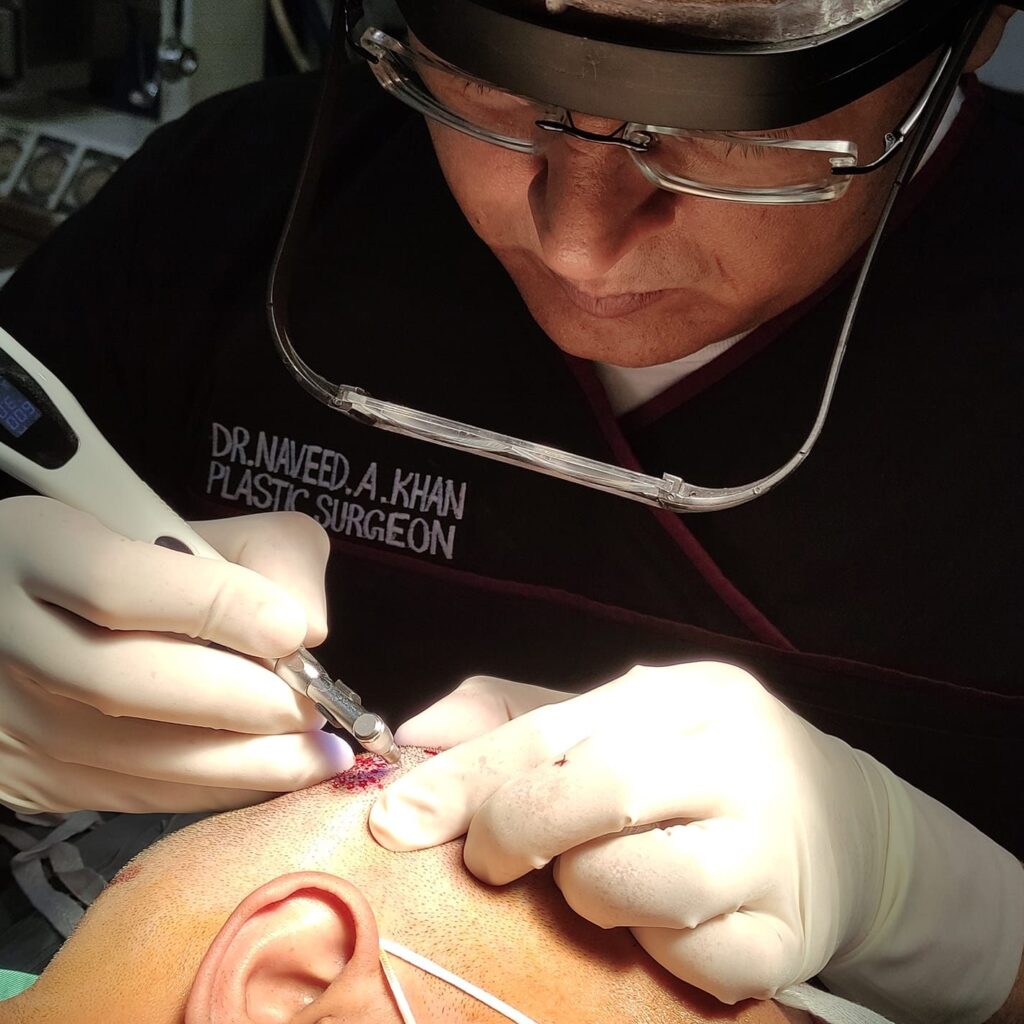
Introduction: Understanding Hair Loss
Hair loss can have a significant impact on one’s self-esteem and confidence. According to studies, hair loss affects up to 80% of men and 50% of women worldwide. The reasons for hair loss can vary, from genetic factors to medical conditions or lifestyle choices. Hair transplant surgery has become an increasingly popular option for those seeking to restore their hairline and regain their confidence.
Hair Transplantation: What is it?
Hair transplantation is a surgical procedure that involves transferring healthy hair follicles from one part of the body (usually the back or sides of the head) to the balding or thinning areas. The transplanted hair follicles will continue to grow in their new location, creating a natural-looking hairline.
Types of Hair Transplantation Techniques
There are two primary types of hair transplantation techniques: Follicular Unit Transplantation (FUT) and Follicular Unit Extraction (FUE).
FUT involves the removal of a strip of scalp from the donor area, which is then dissected into individual follicular units and transplanted to the recipient area. This technique can result in a linear scar at the donor site.
FUE, on the other hand, involves the extraction of individual follicular units from the donor area using a small, circular punch. This technique does not result in a linear scar and is less invasive than FUT.
Hair Transplant Procedure: Step-by-Step
The hair transplant procedure typically involves the following steps:
- Consultation with a hair transplant surgeon: The surgeon will evaluate the patient’s hair loss pattern and discuss the desired outcome of the procedure.
- Preparation for surgery: The patient will be given instructions on how to prepare for the surgery, including avoiding certain medications and not consuming alcohol or caffeine.
- Anesthesia: Local anesthesia will be administered to the donor and recipient areas.
- Harvesting of hair follicles: The surgeon will either remove a strip of scalp (FUT) or use a small punch to extract individual follicular units (FUE) from the donor area.
- Creation of recipient sites: The surgeon will create tiny incisions in the recipient area to prepare for the placement of the hair follicles.
- Placement of hair follicles: The surgeon will carefully place the hair follicles into the recipient sites, ensuring that they are positioned at the correct angle and direction for a natural-looking hairline.
- Post-operative care: The patient will be given instructions on how to care for their scalp following the surgery, including avoiding strenuous activity and wearing a hat or bandage to protect the area.
Cost of Hair Transplantation
The cost of hair transplantation can vary depending on several factors, including the technique used, the extent of the hair loss, and the experience of the surgeon.
Latest Advancements in Hair Transplantation
Hair transplant surgery has seen significant advancements in recent years, with new techniques and technologies emerging to improve the results and minimize the downtime

